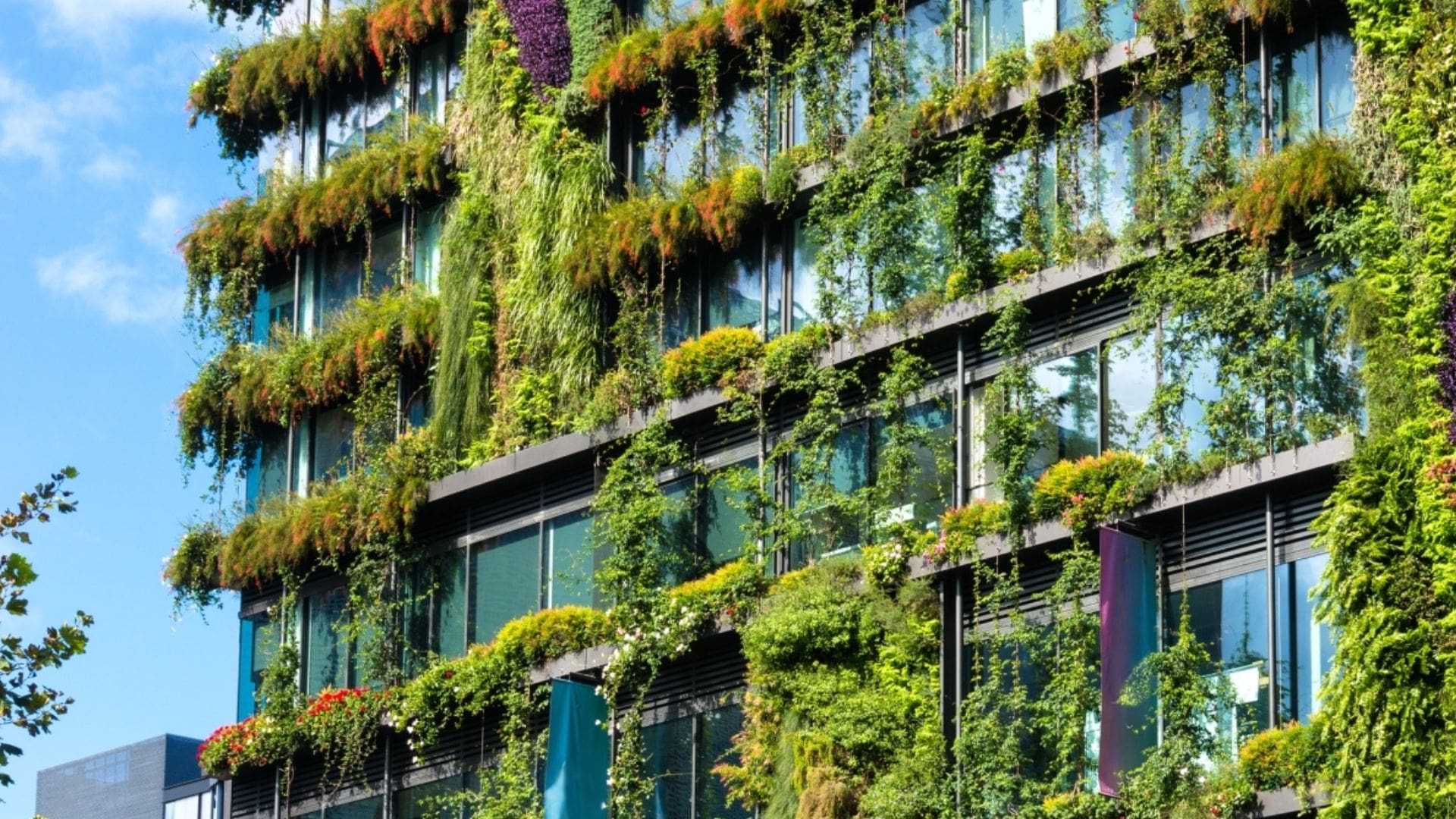The Green Revolution Sweeping the Real Estate Industry: Building a Sustainable Future
- Romania | 29 May 2021

In the realm of the real estate market, urgency has a new face: the rapid transformation of companies and buildings into eco-friendly, energy-efficient entities. The past decade has borne witness to significant climate change and environmental imbalances, compelling consumers to recognize the vital role of environmental protection in securing the well-being of humanity. Among environmental culprits, buildings loom large, devouring a substantial portion of global energy consumption. However, here lies the paradox – the building sector is also one of the easiest to overhaul to reduce pollution levels, setting higher standards and expectations for the adaptability of the real estate industry.
The introduction of construction standards that prioritize minimizing environmental impact represents a natural progression. Presently, EU regulations encompass explicit requirements for new constructions, mandating them to be Near-Zero Energy Buildings. Additionally, regulations govern refurbishments aimed at elevating older structures to superior environmental standards, achieved by reducing energy and water consumption, employing less-polluting materials, and incorporating features enabling users to minimize their environmental footprint, such as efficient waste management systems and plug-in stations.
Furthermore, the EU has implemented a multifaceted policy, positioning green objectives as the principal driver of growth. This comprehensive approach involves public financing to develop the necessary infrastructure for enhancing environmental performance in built areas, alongside favorable financing conditions. A key objective is to establish an institutional mechanism that assigns an appropriate financing cost to the green performance of targeted projects, with banks playing a pivotal role.
In Romania, the Romanian Green Business Council (ROGBC) has played a substantial role in this arena, crafting an inclusive framework for unifying and supporting green building initiatives. This encompasses ongoing, systematic awareness campaigns aimed at consumers and investors to underscore the advantages of green buildings. ROGBC has fostered a broad network of green material suppliers and investors, while also collaborating closely with regulatory authorities to shape green building policies. Initiatives span from facilitating green home financing with major commercial banks to advocating for fiscal incentives for green buildings. ROGBC is also acknowledged as an expert entity, providing consultative input and issuing recommendations on the implementation of green building policies in Central and Eastern Europe.
The paradigm shift is undeniable. Communities are growing increasingly conscious, and public authorities are formulating policies that champion macroeconomic growth through green initiatives. While a decade or even just five years ago, analysts began extolling the benefits of green buildings, citing reduced operational costs, enhanced brand image, and improved user comfort, today, the green standard has become the new normal. Market preferences are evolving rapidly, with the green advantage gradually superseding conventional buildings, which are now associated with higher depreciation risks.
The non-residential segment, particularly in new projects, is firmly committed to green construction, driven in part by the stringent brand management requirements of large companies. In the residential segment, the proportion of green projects is steadily on the rise. However, a significant portion of the residential stock remains old and lacks green credentials. Regulatory initiatives have been introduced, stipulating that significant refurbishments must lead to efficiency improvements. Progress has been slow due to cost-benefit considerations, as green retrofits for older buildings do not always appear financially appealing. A potential solution could involve offering ongoing financial incentives for the green refurbishment of individual residential units.
Looking ahead, the most lucrative investment ventures in the national and European real estate markets will be expansive, integrated green projects that encompass infrastructure development and a diverse range of amenities. These projects boast an inherent advantage of integrated green design, optimizing efficiency from the project’s inception.
The EU has incorporated these projects into its development priorities, and dedicated financial instruments are available for their implementation. While the costs are substantial, the results are assured, and the stakes are high. These projects are central to securing the future of Europe’s real estate market, particularly in Central and Eastern European countries where the need is most acute.
In conclusion, the future of real estate is unequivocally green, and it’s only getting greener. The pandemic, coupled with the EU’s public policies to mitigate its effects, has irrevocably shaped consumer preferences for green projects. Importantly, this transformation is not limited to the EU; the United States, the Middle East, and the global community are collectively laying the foundations for better, more sustainable buildings of the future.








